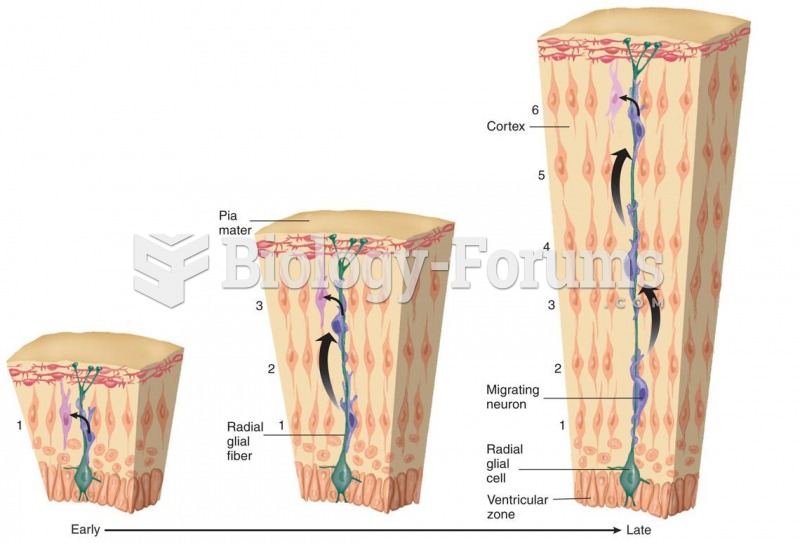Answer to Question 1
Piaget's and Vygotsky's views on the role of one's culture, social interaction, and instruction are as follows:
a. Piaget had relatively little to say explicitly about the role of one's culture on cognitive development. Since formal operational thinking, with its emphasis on the scientific method and abstract reasoning, is the desired end state, one could say that Piaget's work implicitly embodies the values of Western culture. Vygotsky, by contrast, maintained that one's culture, whatever it happens to be, has a major impact on cognitive development because it determines those ideas and processes (called psychological tools) that will be highly valued and therefore emphasized in that culture's institutions (like schools).
b. Both Piaget and Vygotsky believed that social interaction is important to cognitive development, but differed in their belief as to what type of interaction is most important. Piaget believed that children should be given multiple opportunities to interact with peers of their own age because such interactions pave the way for the reduction of egocentrism that has to take place if cognitive development is to proceed optimally. Vygotsky believed that children should interact with more cognitively advanced individuals (which will be older children and adults most of the time). Those who are more advanced are in the best position to effectively teach less advanced individuals, through a process called mediation, how to use the psychological tools of their culture. Without such tools, cognitive development does not proceed optimally.
c. Piaget believed that cognitive development could not be accelerated by formal instruction. Formal instruction could help students refine current schemes and set the stage for more advanced schemes, but the development of more advanced schemes would arise of their own accord in a positive and supportive environment. Vygotsky believed that formal instruction could accelerate cognitive development provided it emphasizes the learning of psychological tools (also called scientific concepts), takes place within the student's zone of proximal development, and effectively uses scaffolding techniques.
Answer to Question 2
In two studies (Pederson & Liu, 2002; Pederson & Liu, 20022003), students who worked on a hypermedia problem-solving simulation, in which a character modeled the use of various problem-solving tools, used more problem-solving skills and scored higher on a test of problem solving than did students who received the same information, but without modeling.







